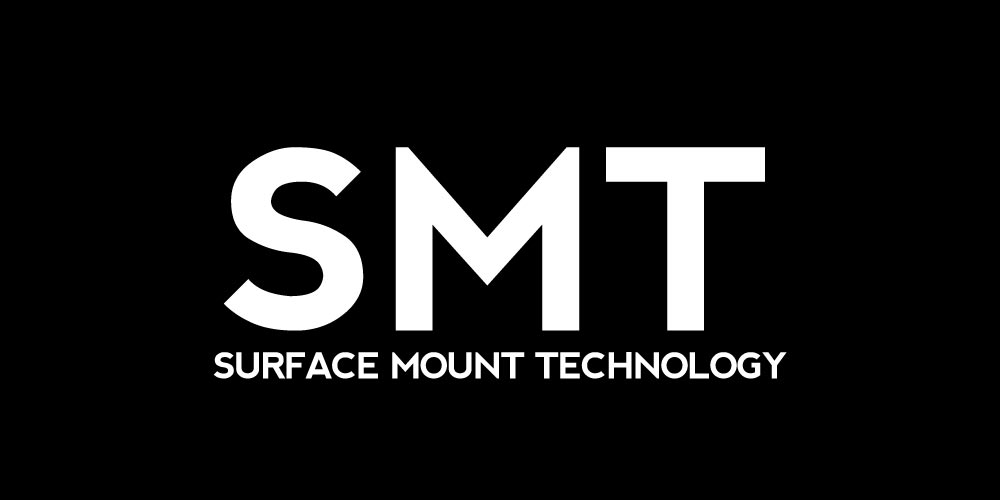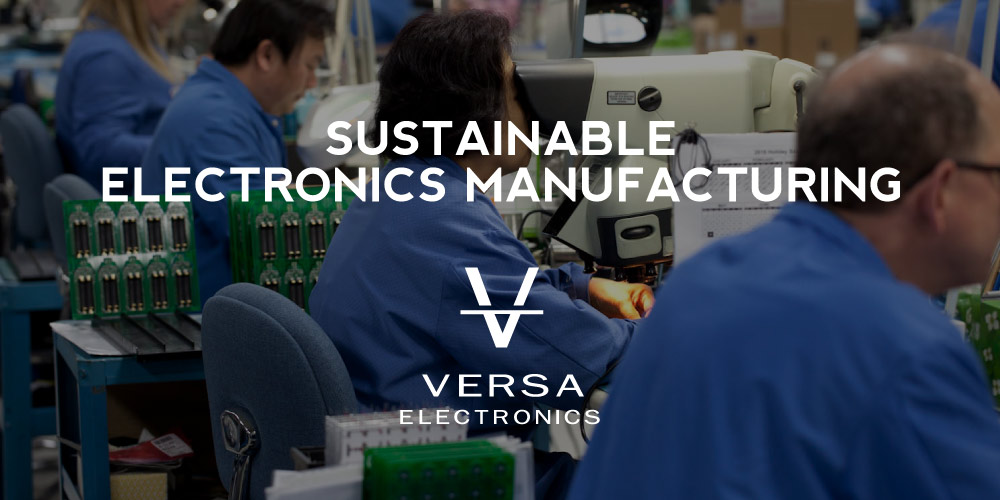What is Surface Mount Technology (SMT)?
SMT is an assembly and part packaging technology used to place and solder the components to the PCB surface directly. This technology helps reduce manufacturing costs and increase efficiency. The process also makes it possible to build highly complex electronic circuits in smaller assemblies using automated methods. SMT assembly offers a high degree of circuit reliability and space utilization in the circuit boards. PCBs are the backbone of all electronic circuits and can be assembled in either rigid, flexible or rigid-flex forms depending on the design.
What are the techniques used in SMT Assembly?
The techniques differ according to the soldering method and assembly. Traditional PTH (plated through-hole) assembly is accomplished by hand soldering or the use of a wave solder machine. In this case, the PCB has holes drilled into it for the mounting of the components and solder is wicked up into the holes to complete the circuit’s connections.
SMT techniques are designed to allow for the components to be soldered to connection pads that are embedded on the PCB’s surface. Solder paste with a flux chemistry is screen printed onto these pads and a reflow oven is used to heat and cool the assembly resulting in the solder joints that complete the circuit’s connections. In SMT there are single-sided, double-sided and mixed technology methods that allow for the combination of both SMT and PTH on the same board.
What are the benefits of SMT Assembly?
There are many benefits of SMT over the older through-hole technique which include;
- SMT assembly requires fewer holes to be drilled in the PCBs hence save on time. It also has better EMC performance due to the smaller radiation loop area and lead inductance.
- SMT assembly has low initial set up costs hence fit for mass production and automation.
- It involves smaller components that are of higher component density per unit area.
- The components in the SMT assembly can be placed on both sides of the circuit board.
- In SMT assembly, small errors in the component placement are corrected automatically. Molten solder pulls components into alignment with solder pads, unlike in through-hole, where components can be slightly misaligned.
- SMT assembly has better mechanical performance under vibration conditions and lower resistance, which gives it better predictable high-frequency performance, unlike through-hole components.
What are the various SMT types?
SMT assembly types include:
- Ball Grid Array (BGA)
- Ultra-Fine Ball Grid Array
- Quad Flat Package (QFP)
- Quad Flat Pack No-Lead (QFN)
- Small Outline Integrated Circuit (SOIC)
- Plastic Leaded Chip Carrier (PLCC)
- Package On Package (POP)
- Small Chip Packages (SOP)
How is the SMT Process done?
The SMT process starts at the design phase, where the various components are selected, and PCB designed using one of the software platforms such as PADS. Here all the design features are included, and the PCB layout defined. The primary considerations for the functionality of the PCB are incorporated and the components selected for the next phase. PCB data is then prepared, and the manufacturing process can kickstart.
Machine programming
The next step involves setting up the machines for the manufacturing process. A program with CAD generated data is developed for the placement machine and Automated Optical Inspection to aid in the SMT assembly.
Solder Paste Printing
The solder paste printer is then programmed to apply the solder paste via stencils to the pads of the printed circuit board. The stencil design is done carefully since the solder paste application is a critical process that requires careful consideration to eliminate printing and downstream soldering defects.
Solder paste inspection
Solder paste printing machines come with automatic inspection capabilities that depend on the size of PCB, and others have a separate inspection machine. The inspection machines use 3D technology to enable thorough inspection, which is better and preferred since it inspects the paste volume per pad and not just within the print area.
Component Placement
Solder paste printing machines come with automatic inspection capabilities that depend on the size of PCB, and others have a separate inspection machine. The inspection machines use 3D technology to enable thorough inspection, which is better and preferred since it inspects the paste volume per pad and not just within the print area.
Pre-reflow Automated Optical Inspection (AOI)
After component placement, verification is done through an automated optical inspection to ensure components are placed in the right place. This is done using an AOI machine that checks the component presence, value, and polarity.
Reflow Soldering
This process takes place after all electrical solder connections are formed between the components and the PCB. It is done by heating the PCB assembly to sufficient temperatures to create acceptable solder joints.
Afterward, a post-Reflow Automated Optical Inspection is done to ensure no mistakes exist, and then process verification is done using X-ray inspection.
What is the turn-time on Turn-key order in SMT Assembly?
Turn time mainly depends on how fast all PCB parts are acquired so that SMT assembly can commence.
What are the different testing services done during SMT Assembly?
During SMT assembly the following is done:
Automated Optical Inspection (AOI): AOI can be used pre or post solder to help identify the component presence, placement, and solder quality.
X-ray testing: The testing is done as part of a standard check on lead-less components in PCBs manufacturing, such as Ball Grid Arrays and related Quad Flat Packs. It provides an x-ray image of the components and solder joints that are not visible to the operator.
In-circuit Testing: The testing is done to check for any shorts or joint failures. This is done through an ICT platform and a bed of nails or customer fixturing designed specifically for the assembly to be tested.
Functional Testing: Functionality checks are done to ascertain PCBs will work productively and according to the requirements after the SMT assembly.





